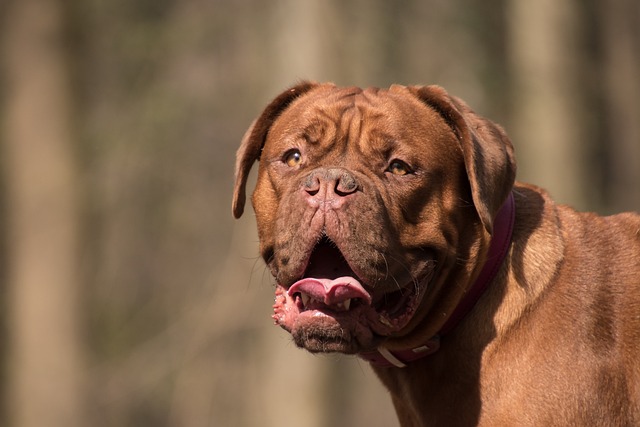
How can I tell if my dog's heatstroke is serious
Let’s be real: It’s a sticky August morning in Los Angeles, and you took your 2-year-old Golden Retriever, Max, for a walk a little later than usual
If you’ve ever petted a neighbor’s pup and marveled at how soft and shiny their fur was, then looked down at your own dog’s coat wondering “is mine okay?”, you’re far from alone. For U.S. dog owners new to the game, spotting the difference between a healthy coat and one signaling trouble can feel tricky—but it’s easier than you think once you know what to look for.
A healthy dog coat boils down to two key things: condition and consistency, rooted in skin health. Your dog’s fur is essentially an extension of their skin; if the skin is well-nourished and irritation-free, the coat will follow. A shiny, smooth texture (no rough or brittle patches) and even coverage (no bald spots or thinning) are dead giveaways. Think of it like a plant—healthy soil (skin) grows healthy leaves (fur). Dry, flaky skin or a coat that looks “dull” often means your pup isn’t getting enough omega-3s or protein, or might be dealing with allergies.
To check your dog’s coat at home, start with a gentle pet: it should feel smooth, not greasy or coarse. Then run a comb through their fur—look for excessive shedding (more than a handful for short-haired breeds, a bit more for long-haired) or red, irritated skin underneath. For apartment dogs, who might get less sun and exercise, add a weekly brush to stimulate oil production—this also keeps loose fur off your couch! If you notice issues, try swapping their kibble for one with salmon (a natural omega-3 source) before consulting a vet.

Now, let’s tie this to what matters for U.S. pet parents. First, compliance: while coat health itself isn’t regulated, keeping your dog up-to-date on vaccines (like rabies, required in all states) is non-negotiable. Second, never punish your pup for excessive shedding or matted fur—positive reinforcement, like giving treats during brushing, is the only way to build trust, per U.S. animal welfare standards. And when you’re out walking, always bring poop bags—failing to clean up can lead to $50+ fines in cities like Chicago, and it’s part of being a respectful neighbor.
Remember, a healthy coat is a sign of a happy dog. Small tweaks—like brushing, a nutrient-rich diet, and regular vet check-ups—go a long way. If problems persist, don’t hesitate to ask your vet—they can rule out thyroid issues or parasites.

Let’s be real: It’s a sticky August morning in Los Angeles, and you took your 2-year-old Golden Retriever, Max, for a walk a little later than usual

You're enjoying a summer afternoon at the park when you notice your dog has stopped panting and appears disoriented - their gums are bright red

Let’s paint the picture: You’re in your Denver apartment, watching your 4-year-old Boston Terrier, Ruby, plop down mid-play session with her favorite toy

Many dog owners notice their pets nails seem shorter after regular walks,but how much does this daily activity actually help?The answer depends on where you walk—concrete sidewalks or asphalt streets gently file nails as a dog's paws hit the ground

Most dog owners notice their pup scooting across the carpet at some point, but few connect it to impacted anal glands. These small sacs near a dog’s rectum secrete a scent for marking territory

Most vets agree that regular dog teeth cleaning is key to avoiding painful dental issues later. For healthy adult dogs, a professional cleaning at the vet’s office every 12 to 18 months usually works well.